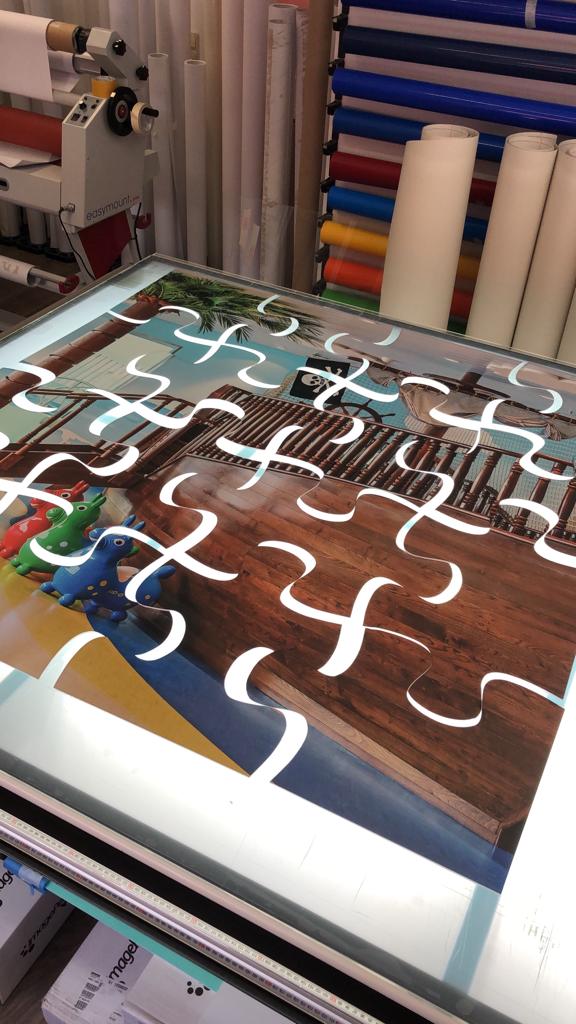Finding the right balance between visually appealing designs and functional, practical graphics
Creating effective event graphics involves more than just making things look good. It requires a careful balance between aesthetics and functionality to ensure that your graphics not only captivate attendees but also serve their intended purpose effectively. This article delves into strategies for achieving this balance, ensuring your event graphics are both visually stunning and highly functional.
1. The Importance of Balancing Aesthetics and Functionality
Aesthetics
- Visual Appeal: Eye-catching designs draw attention and create a memorable impression. Aesthetically pleasing graphics can set the tone for the event and enhance the overall experience.
- Brand Representation: Well-designed graphics reinforce brand identity and create a cohesive visual narrative that aligns with your event’s theme.
Functionality
- Clear Communication: Graphics must convey information clearly and effectively. This includes legibility, proper use of symbols, and intuitive layouts that guide attendees.
- Practical Use: Functional graphics serve practical purposes, such as wayfinding, schedules, and important announcements, ensuring that they contribute to a smooth and organized event experience.
2. Key Strategies for Balancing Aesthetics and Functionality
Understand the Event Goals and Audience
- Define Objectives: Start by understanding the event’s goals and the specific role of each graphic element. Determine whether the focus is on enhancing brand awareness, providing information, or guiding attendees.
- Know Your Audience: Tailor your designs to the preferences and needs of your audience. Consider factors such as age, interests, and familiarity with the event to create graphics that resonate and serve their needs effectively.
Design with Purpose
- Prioritize Functionality: Ensure that every graphic element serves a clear purpose. For example, wayfinding signs should be easy to read and strategically placed to guide attendees, while promotional banners should highlight key messages and calls to action.
- Integrate Aesthetic Elements: Incorporate aesthetic elements, such as colors, typography, and imagery, in a way that complements and enhances the functionality of the graphics. Ensure that these elements do not overwhelm or detract from the core message.
Maintain Clarity and Readability
- Legible Text: Use fonts and text sizes that are easy to read from a distance. Avoid overly decorative fonts that can hinder readability, especially for important information like schedules and directions.
- Visual Hierarchy: Employ a clear visual hierarchy to guide viewers’ attention. Use size, color contrast, and spacing to differentiate between primary and secondary information, making it easier for attendees to find and understand key details.
Ensure Practical Application
- Durability: Choose materials and finishes that are appropriate for the event environment. For outdoor events, consider weather-resistant materials, while indoor events may benefit from more decorative options.
- Easy Integration: Design graphics that can be easily integrated into various formats and placements, such as banners, digital screens, and printed materials. Ensure that graphics are adaptable to different media without compromising their effectiveness.
3. Tips for Effective Design Execution
Collaborate with Stakeholders
- Design Brief: Provide designers with a comprehensive brief that includes event goals, target audience, and specific functionality requirements. This helps ensure that the final designs align with both aesthetic and functional needs.
- Feedback and Revisions: Involve key stakeholders in the design process to gather feedback and make necessary revisions. This ensures that the graphics meet both visual and practical requirements.
Utilize Design Tools and Software
- Graphic Design Software: Use advanced design tools to create high-quality graphics that balance aesthetics and functionality. Software such as Adobe Illustrator and Photoshop can help you achieve precise and professional results.
- Prototyping: Develop prototypes and mock-ups to test the effectiveness of your designs in real-world scenarios. This allows you to evaluate how well the graphics perform in terms of both visual appeal and functionality.
Test and Evaluate
- Pilot Testing: Conduct pilot tests to assess how the graphics perform in the event environment. Evaluate factors such as visibility, readability, and overall impact.
- Feedback Collection: Gather feedback from attendees and staff on the effectiveness of the graphics. Use this information to make any necessary adjustments and improve future designs.
4. Real-World Examples
Wayfinding Graphics
- Aesthetic Example: A vibrant, colorful map with icons and clear pathways that visually engages attendees.
- Functional Example: A simplified, legible map with bold signage and directional arrows that effectively guides attendees through the venue.
Promotional Banners
- Aesthetic Example: A banner with striking visuals and bold colors that attract attention and highlight key messages.
- Functional Example: A banner that clearly displays event details, such as date, time, and location, with easy-to-read fonts and a straightforward layout.
5. Final Thoughts
Balancing aesthetics and functionality in event graphics is crucial for creating an engaging and effective event experience. By understanding your event goals, prioritizing clear communication, and ensuring practical application, you can design graphics that both captivate and serve your audience.
EventGraphics is your partner in achieving this balance. With expertise in creating impactful and functional event graphics, we help you enhance your event’s visual appeal while ensuring practical effectiveness.
EventGraphics – The Event Graphic Specialists is dedicated to delivering exceptional design solutions that meet your aesthetic and functional needs. Contact us today to learn how we can help you create stunning graphics that perfectly balance beauty and utility for your next event.

